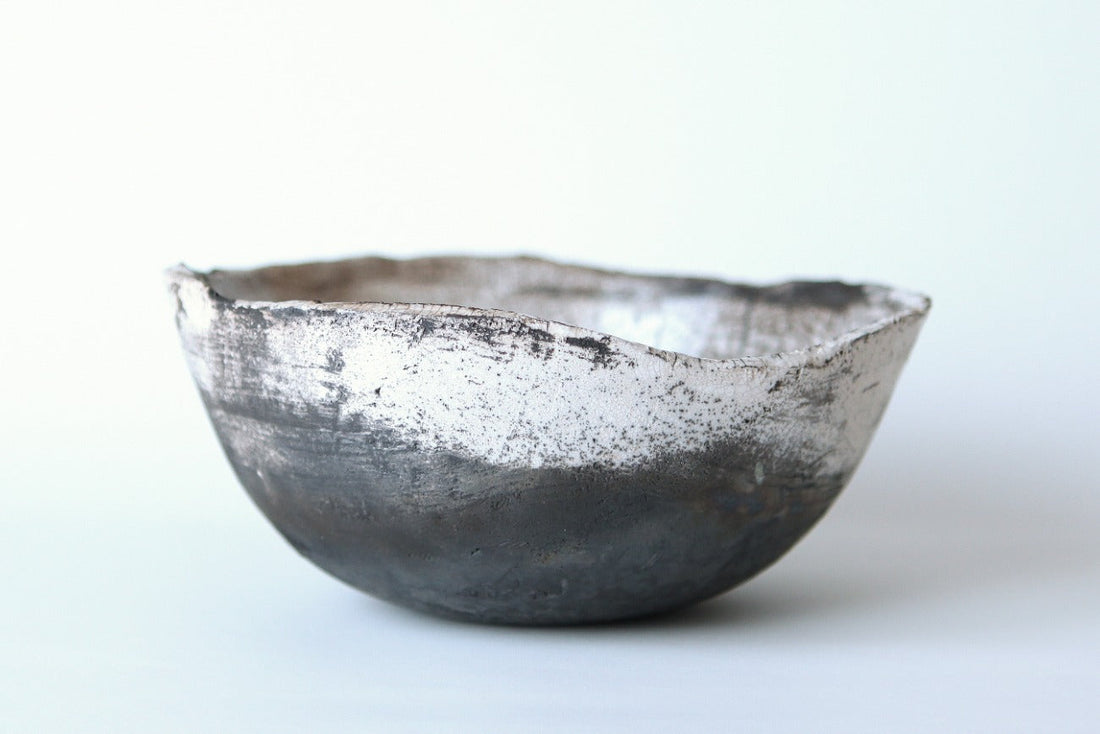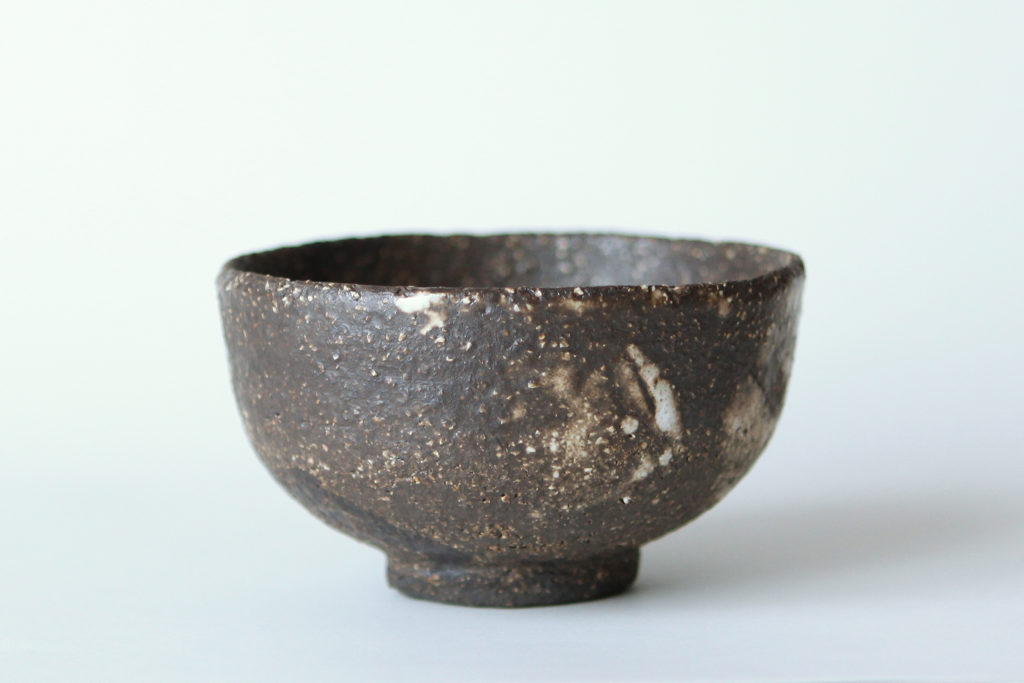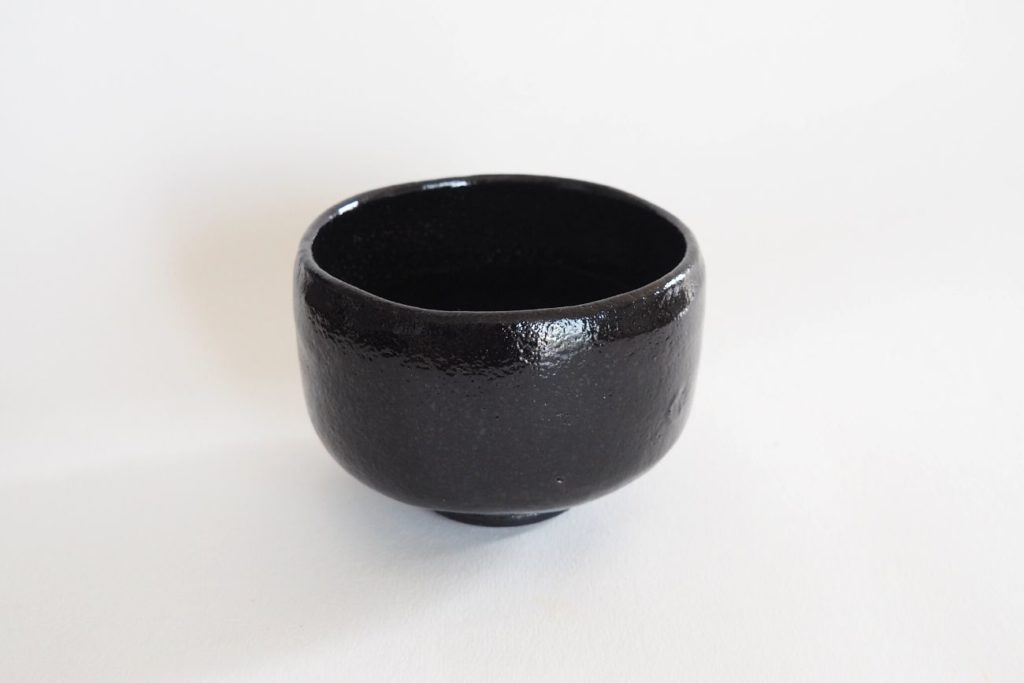
Raku pottery: characteristics and origins
Share
Raku pottery: characteristics and origins
WHAT IS RAKU POTTERY?
Raku pottery is a soft-glazed ceramic. It is shaped by hand with a spatula, without the use of a potter's wheel... and is fired at a temperature between 750°C and 1100°C.
Since it is handmade, it is characterized by slight deformations and thick shapes. In addition to tea bowls, there are flower vases, water pots, and incense burners.
Not uniform, not perfect, but in a form that seems to express the emotion as it is, “the beauty of lack.”

THE ORIGIN OF RAKU POTTERY
Raku pottery is a branch of ceramic art that has spread widely outside of Japan. It is inspired by the Sancai ware of Tang Dynasty China. It began in the Momoyama period of the 16th century, when the first Chojiro of the Raku family made bowls for the “tea ceremony” under the guidance of a great tea master, Sen no Rikyu. Chojiro was a tile maker, but with the favor and guidance of Sen no Rikyu, he began making Raku tea bowls.
Raku ceramics are therefore made with tea in mind, and the most common type of green tea bowl is one whose shape fits the hand and whose color is soothing.
Later, in the generation of Chojiro's children, the warlord Toyotomi Hideyoshi granted the Raku clan the right to affix their own seal, which was taken from the Jūrakudai Palace (a lavish palace built in Kyoto). This seal was affixed to many of their creations along with the family name, hence the name Raku ware.
DIFFERENCES BETWEEN RAKU ITEMS IN JAPAN AND ABROAD
Unless you practice a tea ceremony… You may not have the opportunity to touch a traditional Raku tea bowl in your daily life.
The charm of Raku pottery is that it has a mellow taste and a unique warmth. Not found in other pottery. When viewed from the side, its lines are never straight, and the rim of the bowl is fired with a subtle difference in height. The rim of the bowl has a slight difference in height to prevent the tea spoon and tea whisk from falling when making tea.

Raku pottery from other countries is not the same as Japanese Raku. Japanese raku has a more muted color, while raku from other countries can be painted in a variety of colors, from lighter to darker.
Note: Some contemporary Raku potters also use the Raku technique to create pottery and sculptures of men, women, and even animals.
At Shobi, we want you to discover the traditional and contemporary art of Raku pottery, at all price points. You'll find an online sale of various Raku objects on our website.
